Historic agreement
At the end of 2019, commenting on the signing of the Russian gas transit contract, representatives of Russia and Ukraine could not hide their satisfaction. The head of Gazprom, Alexey Miller, said that “the grand agreement has restored the balance of interests of the parties.”
Meanwhile, President Zelensky said that the country's gas transportation system will now definitely be filled, which will increase energy security and the well-being of Ukrainians.
Agreeing on the terms of the deal was difficult and in the end, an agreement was only reached on the night of December 31, one day before the previous contract expired.
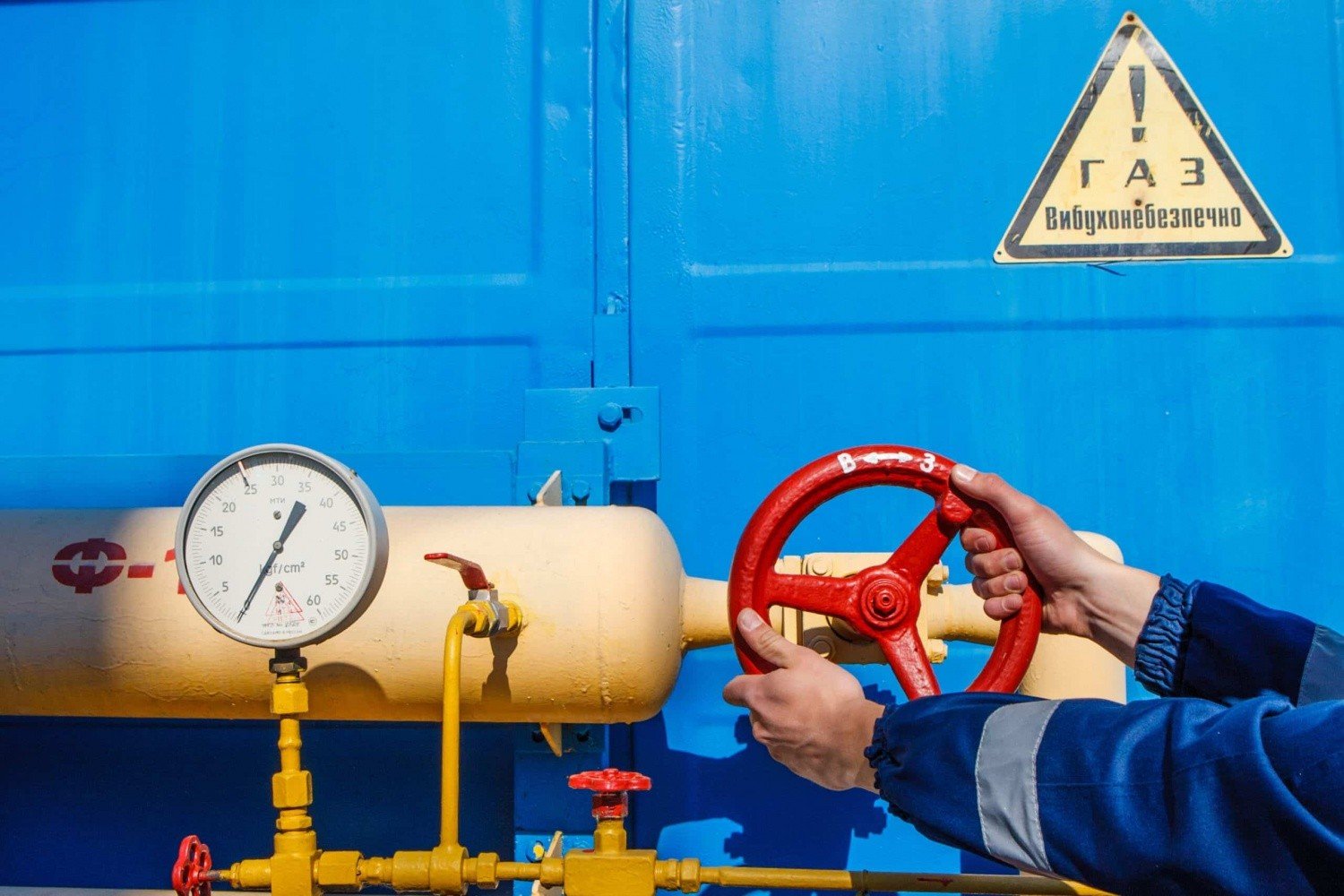 |
| Ukraine signed an agreement on the transit of Russian gas through its territory to Europe in 2019 and will conclude by the end of this year. Photo: AP |
At the time, Gazprom was not forced to negotiate with Ukraine, thanks to the operation of “pipelines” – alternative routes to the European market as quickly as possible. The first was “Nord Stream-2” from Russia to Germany along the bottom of the Baltic Sea. The second was “Turkish Stream” along the bottom of the Black Sea to the European part of Türkiye and further along “Balkan Stream” through Bulgaria and Serbia to Hungary with the prospect of extending to Austria.
With Gazprom betting on “pipelines” there are no mandatory requirements for agreements with Kiev. In this situation, the Ukrainian route will serve as a backup option in case of urgent need.
In addition, a plan in line with Gazprom was the basis for the third energy package adopted by the European Union in 2009. That reform meant that there should be no long-term contracts, but instead the gas system operator should offer people transparent prices to request fuel pumps daily, weekly, monthly, quarterly or for a year. Ukraine eventually brought its gas transport system into compliance with the above rules, but this only happened in 2020.
Ukraine "locks" the fate of the gas deal?
In Europe, the trend of gradually abandoning Russian fuel is becoming increasingly clear. In the summer of 2021, Brussels announced the “Fit for 55” program, which aims to reduce greenhouse gas emissions in EU countries by 55% by 2030, mainly by reducing fossil fuel consumption. The program also includes the need to diversify gas supplies.
This means that demand for Russian gas in Europe will fall significantly and with it, the need for Gazprom’s transit capacity will also fall. It is clear that in the long term, Gazprom’s value on the European market will decline.
Then, in 2021-2022, Gazprom tested a new market strategy. Previously, it was important for the company to maintain its market share in the European market, so it sought to sell the maximum volume of gas there, leaving behind its competitors - suppliers of liquefied natural gas (LNG). But in 2021, Gazprom began to carefully fulfill its obligations under long-term contracts and nothing more: it did not supply any gas in excess of the contracted volumes on the spot market.
There are several explanations for this non-market behavior of Gazprom:
First, demand for gas has increased in Russia, and due to laws requiring more fuel to be pumped into Russia's underground storage facilities, Moscow has no surplus volumes left to supply Europe.
Second, Gazprom realized that it had lost nothing: the limited supply volume was more than compensated by higher prices.
Third, this could be a “warning” to European buyers, stimulating support for long-term contracts with predictable formula prices. Alternatively, we could talk about preparing for a war in which gas is expected to play a dividing role between European countries and Ukraine.
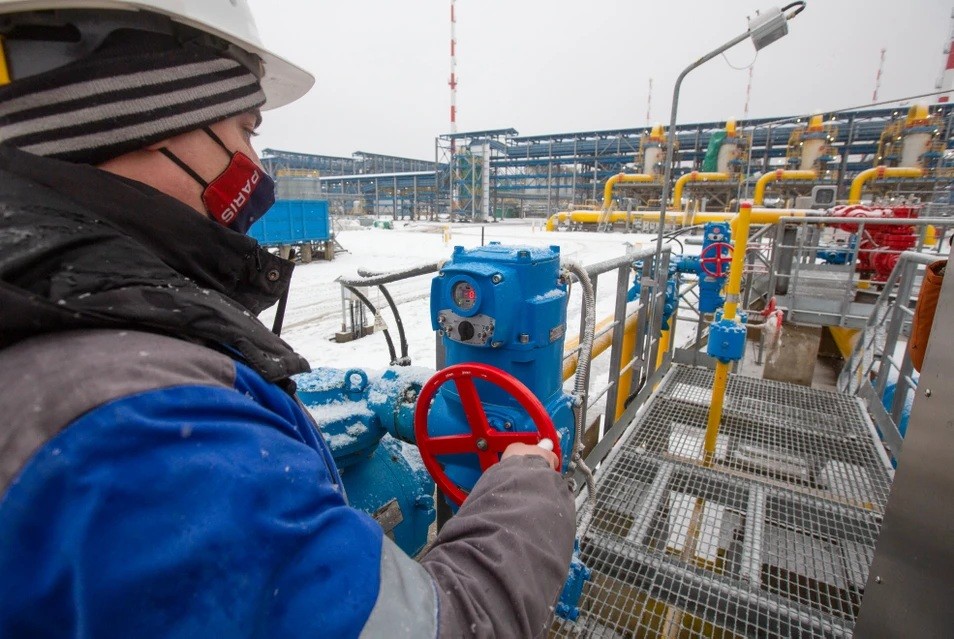 |
| The EU could receive less Russian gas after Ukraine signaled it has no intention of extending the deal when it expires on December 31, 2024. Photo: Gazprom |
The gas war did not start immediately after the Russian special military operation in Ukraine broke out in February 2022. Gas supplies from Russia to Europe have been gradually reduced (this happened from May to September 2022).
First, supplies through Belarus and Poland stopped. Then some consumers were turned away because Gazprom demanded (by decree of the Russian President) to pay in rubles. Then real or imagined problems began with the Nord Stream-1 pipeline, the supply of which had been stopped even before the sabotage in September 2022.
But the hypothesis that in the event of a major conflict, Russia would completely cut off supplies through Ukraine while maintaining supplies through the Nord Stream pipeline has not come true.
From a pragmatic point of view, extending the contract for another five years would likely benefit both Russia and Ukraine. However, Moscow, Kiev and Brussels are now making it clear that continued transit of Russian gas to Europe is extremely unlikely. But there is still time to extend the contract.
Ukraine recently announced that it has no plans to extend its five-year agreement with Russia's Gazprom on the transit of Russian gas to Europe or sign another agreement. The agreement expires at the end of December 2024.
“ I can confirm that we have no plans to sign any additional agreements or extend this current agreement ,” Ukrainian Energy Minister German Galushchenko said.
Last year's inspection of Ukraine's gas transmission system and underground gas storage facilities proved the country's gas system "can operate without transportation," Galushchenko said.
“ Having enough pressurized gas in the pipeline is a prerequisite for ensuring gas supplies and the inspection is aimed at ensuring that Ukrainian consumers will still receive fuel if no gas flows from Russia to Europe ,” Galushchenko said.
Meanwhile, Russia said it would use alternative routes and LNG transported by sea in case Ukraine does not extend the gas pipeline agreement.
Source: https://congthuong.vn/trien-vong-mo-mit-cua-thoa-thuan-khi-dot-nga-ukraine-322289.html


![[Photo] The 18th Hanoi Party Congress held a preparatory session.](https://vphoto.vietnam.vn/thumb/1200x675/vietnam/resource/IMAGE/2025/10/15/1760521600666_ndo_br_img-0801-jpg.webp)
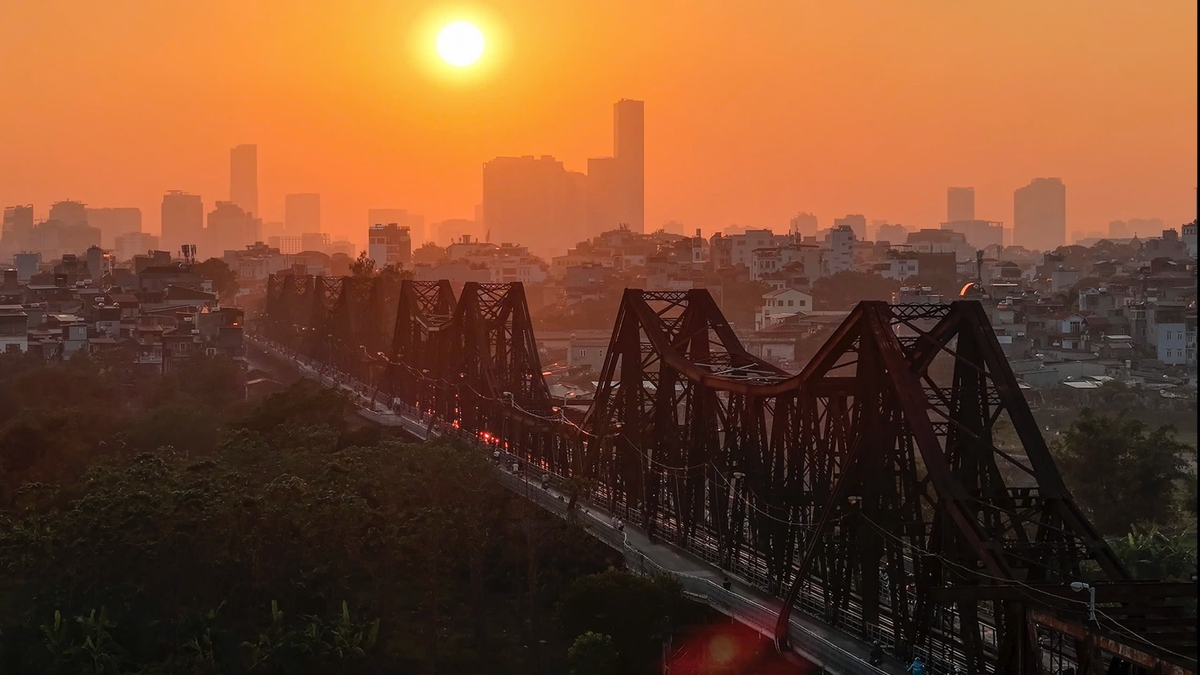
![[Photo] Many dykes in Bac Ninh were eroded after the circulation of storm No. 11](https://vphoto.vietnam.vn/thumb/1200x675/vietnam/resource/IMAGE/2025/10/15/1760537802647_1-7384-jpg.webp)


![[Photo] Conference of the Government Party Committee Standing Committee and the National Assembly Party Committee Standing Committee on the 10th Session, 15th National Assembly](https://vphoto.vietnam.vn/thumb/1200x675/vietnam/resource/IMAGE/2025/10/15/1760543205375_dsc-7128-jpg.webp)


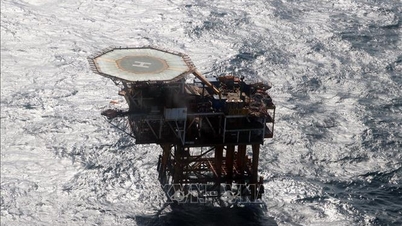
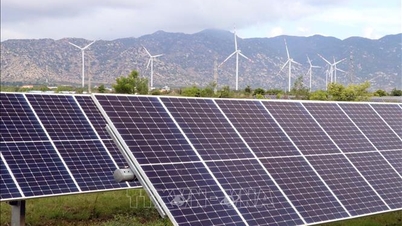
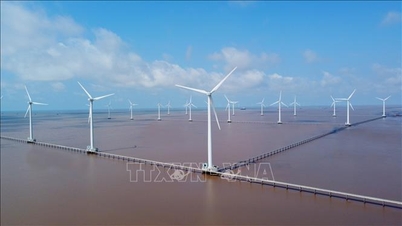
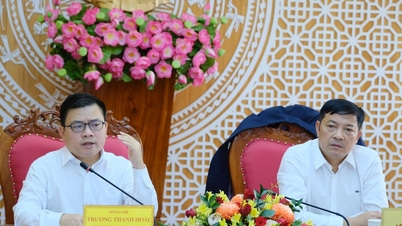



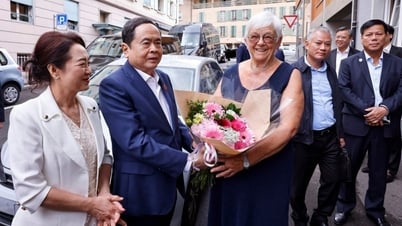













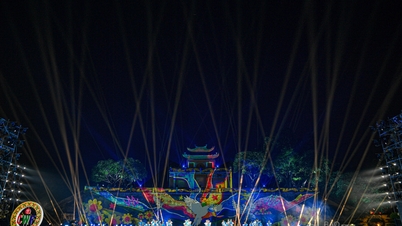



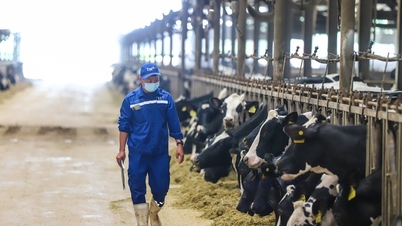

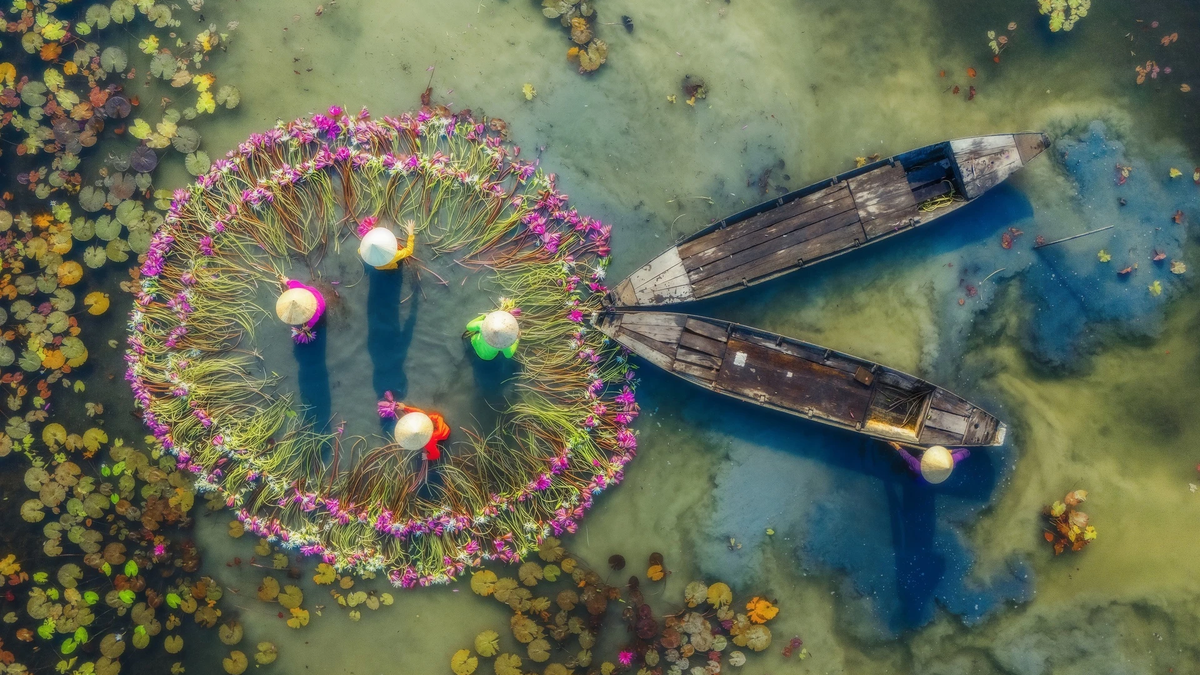











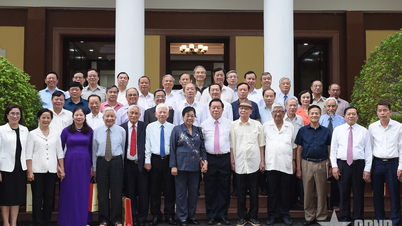






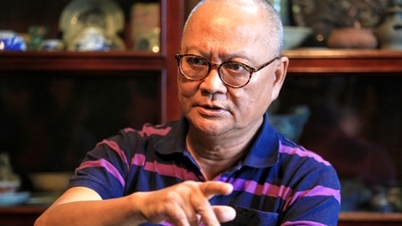













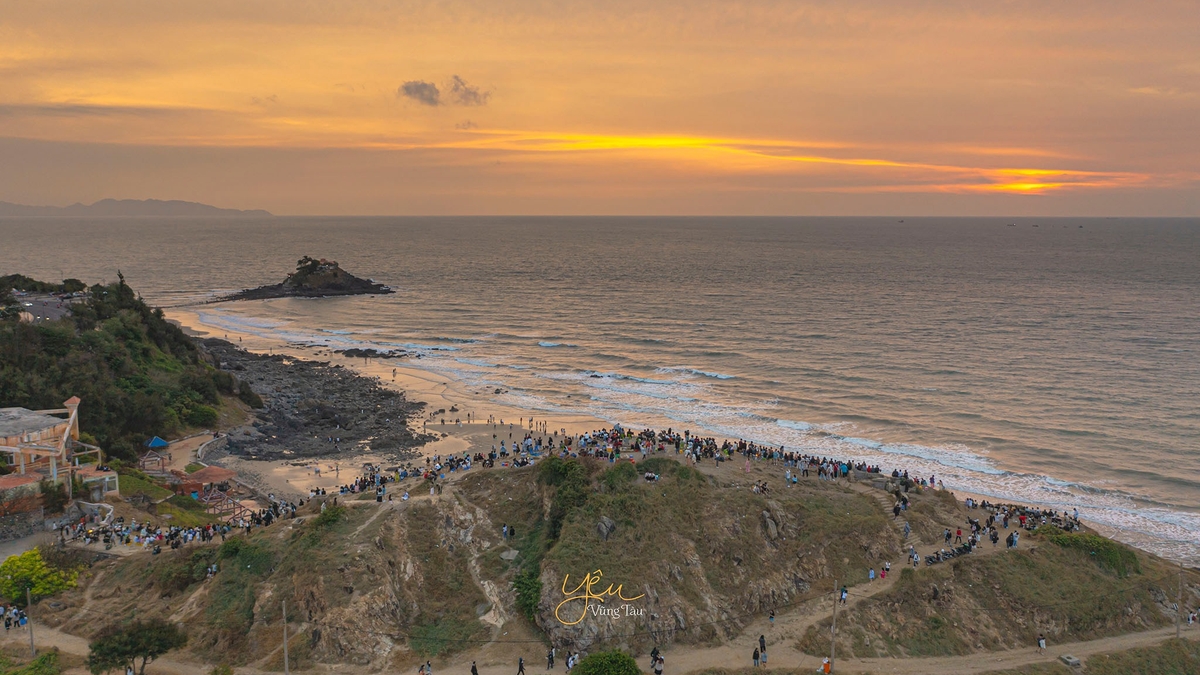
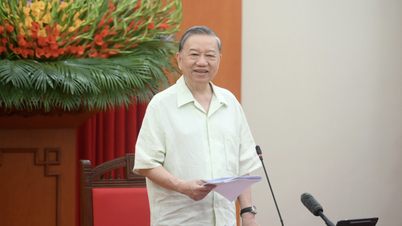
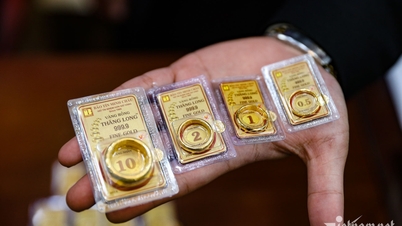
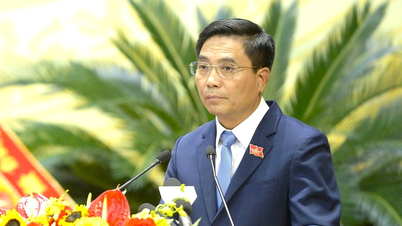
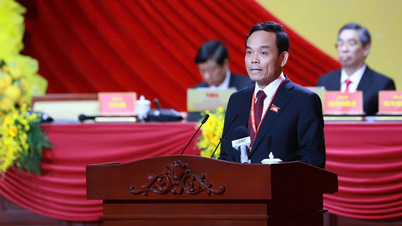
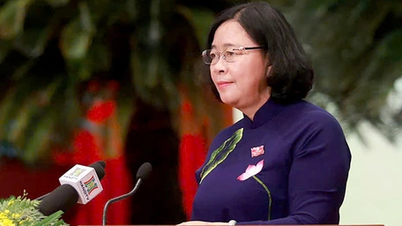

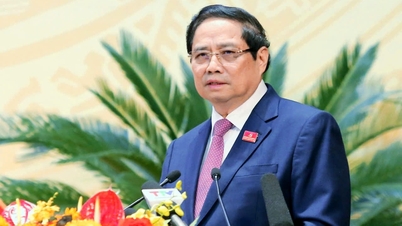



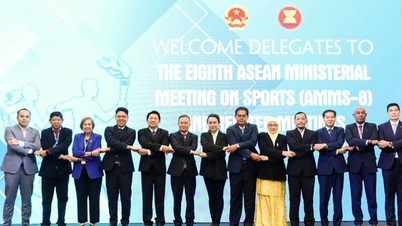

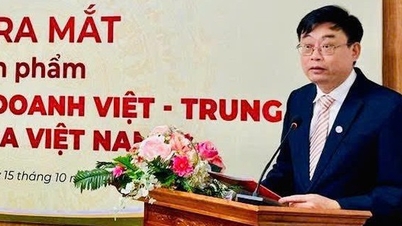












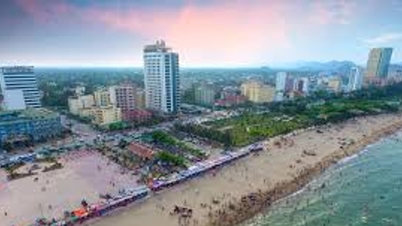










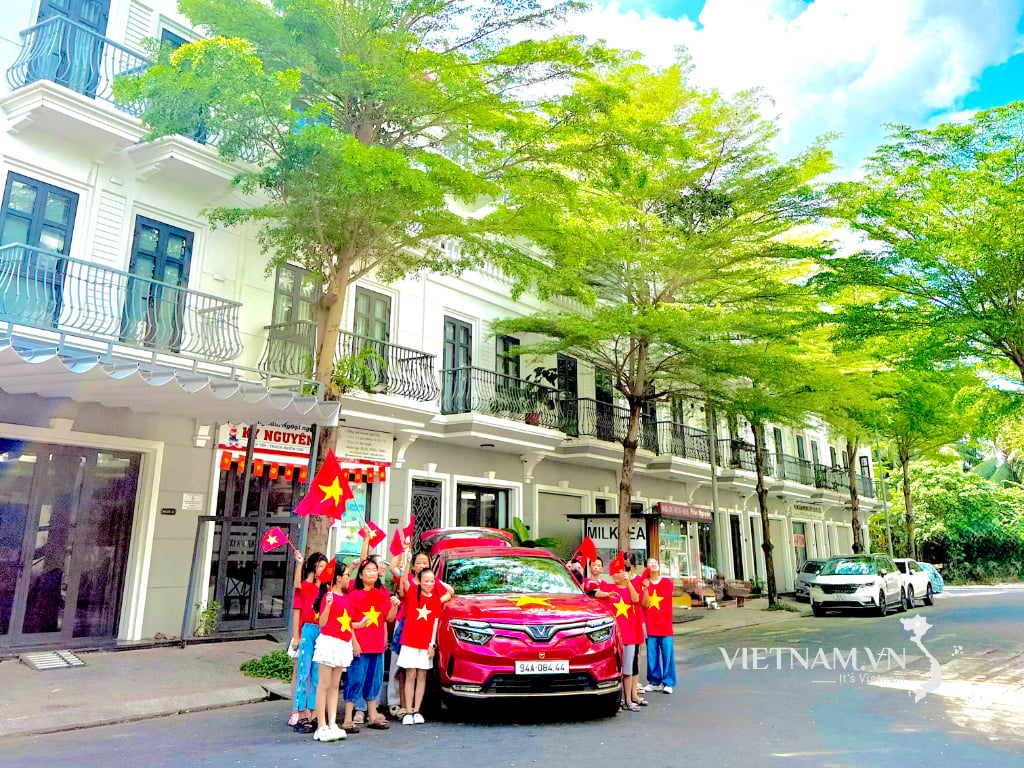



Comment (0)